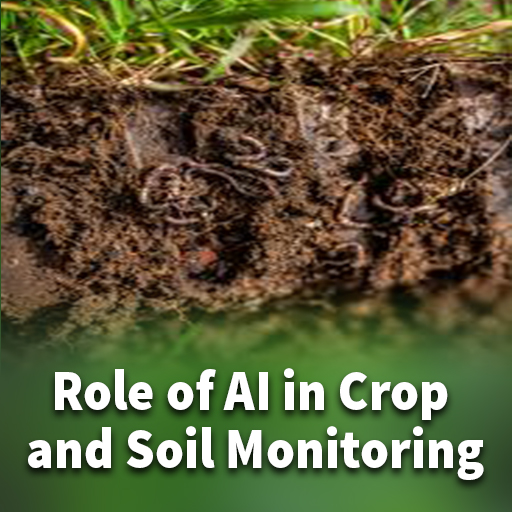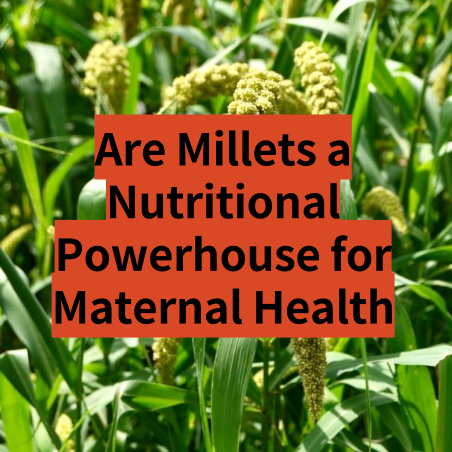Vertical gardening is a vertically hanging panel where hydroponically grown plants are cultivated. The vertical plant’s structures can be as tiny as a photo frame or as large as an entire wall. In the architectural environment, vertical gardening is a fantastic alternative to potted plants. Plant pots are versatile in terms of placement, although they take up a lot of space and demand a lot of maintenance. Vertical gardening takes up such little floor area.
Here are some easy steps for installing a vertical garden:
Choose a Wall:
You have the option of covering or enhancing a wall in the home. This could be a window or a wall that gets sufficient sunshine. Ensure the wall you choose has all of the requirements for successful plant growth. You can buy specialized plants that thrive in your chosen location.

Make a Frame:
The vertical gardening walls design is commonly a three-layer composite of the frame, fabric, and plastic sheeting. The basic framework of the frame should be built out of PVC pipe. Plastic frames are preferred over metal or wood frames since they are more subject to changes in the outside atmosphere and may rot if exposed to dampness. You can either build the frame directly on the wall or design a frame that can be hung on the wall. Several gardeners choose the latter since it allows them to quickly remove and reinstall the frame as needed.
Plastic Sheet Attachment:
After you’ve finished building the frame, cover it with a sheet of plastic. The plastic would serve as a barrier between the wall and fabric; therefore, this is a crucial step. The plastic covering will avoid fungi or mold from growing on the wall due to the high-water content of the fabric.
Attach both layers of Fabric:
The fabric which will keep the water needed for the plants to grow is the outermost layer that needs to be attached. Experts recommend felt carpet padding as it holds water and does not rot easily. To ensure longevity and to make a pouch for the plants, you need to use 2 layers of fabric. The fabric must be wrinkle-free and tight, with no layers or wrinkles.
Irrigation System:
The irrigation system will give the moisture that the plants require to thrive. You may make a system out of poly tubes and locking fittings. Water would flow through the emitters just on the tube if it is put across the edge of the frame. As once the frame is in place, metal equipment can be used to secure it to the wall.

Fertilizers:
Fertilization is very essential for vertical gardening. The irrigation system’s valve can be used to connect a liquid fertilizer injector. A freshwater filter can also be used to keep water free of debris and other pollutants that could cause the system to clog. After that, the water supply must be attached to the irrigation system. Because water will ultimately drop to the floor, some plant pots can be placed beneath the vertical garden layout. You could easily keep the green wall maintained and ensure that it receives adequate water while you are away from the garden by using a self-watering irrigation system.
Benefits of vertical gardening:
Vertical gardening gives us aesthetic, physical, financial, and environmental advantages.
Here are some benefits of vertical gardening:
1. Save Space:
In our houses, some of us today have small or medium yards or flower bed settings. Small places could also be used for cultivation. You can also grow plants organized vertically one after the other or hang several of them in elegant hanging pots, and it takes up a very little area for planting. All you have to do now is make sure the plants get enough light.

2. Grow Variety of Plants:
To improve the beauty of a vertical garden, you can experiment by growing and cultivating different sorts of plants, such as decorative and veggie plants, line by line. In addition, a vertical garden is considerably easier to manage.
3. Reuse the Waste:
Water bottles, old shoe organizers, broken ladders, baskets, shoes, and other recycled things can all be used to create this kind of garden. That’s why it’s better to recycle your existing options.
4. Improves Health:
As it grows vertically, vertical gardening allows for more access to daylight and airflow, resulting in a healthy garden. Plants can help individuals feel better mentally and physically by lowering the physical indicators of stress.












